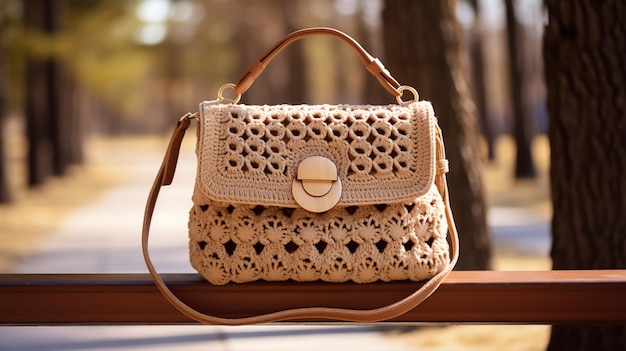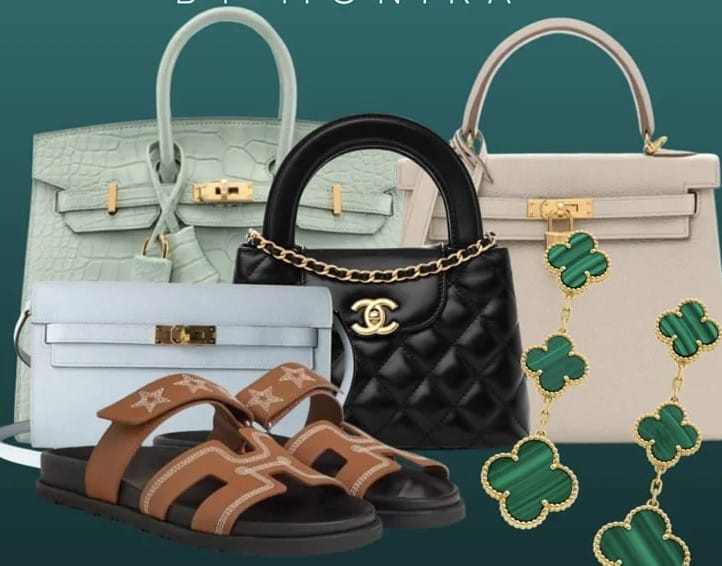 It’s something that has been going on for a long time and continues to plague us as consumers: fake replica bags. Unfortunately, the demand for “initials” on replica bags and accessories of all kinds, has led to a world where legitimate manufacturers can’t keep up with the demand and counterfeiters are taking advantage of the situation. Even worse, unsuspecting customers are getting caught up in the deception. It happened to me too and it almost broke my heart.
It’s something that has been going on for a long time and continues to plague us as consumers: fake replica bags. Unfortunately, the demand for “initials” on replica bags and accessories of all kinds, has led to a world where legitimate manufacturers can’t keep up with the demand and counterfeiters are taking advantage of the situation. Even worse, unsuspecting customers are getting caught up in the deception. It happened to me too and it almost broke my heart.
My sister had a birthday coming up and I decided to treat her to one of her favorite brands. I searched high and low for a good deal and eventually found just what she wanted. However, when I received it, something was off. The price was too good to be true and as it turned out, the bag was a fake. I was embarrassed and had to keep it a secret. I had been duped.
It’s not just the counterfeiters who are to blame for this; the manufacturers sometimes contribute to the problem as well. They use different tricks to fool customers into thinking the bag is real and make a hefty profit in the process. One such trick is offering special sales at reduced prices. It’s a form of, “bait and switch”, in which they entice customers with discounted replica bags and then switch it out for a cheaper knock off at the last minute.
Then there’s the technique of using counterfeit brand labels. Manufacturers do this to add a sense of authenticity to their products, but the labels are not actually genuine. This coupled with cheap craftsmanship, can easily lead to a false sense of security. You think you’re buying an expensive item when, in reality, you’re buying a cheap knockoff.
As part of my Ecology Journal, I’m starting to be mindful of the tricks manufacturers use to try to pass off fake bags as the real thing. The key is to be knowledgeable and do your research. Get to know the brand, ask for authentication papers or another reputable source. Only then will you be able to spot the difference between the real thing and a fake.
Another way to help curb this problem is to be willing to pay the original price for the bag. Going for the discounted option might seem better on budget, but if it’s a discounted price for a supposedly high-end item, then it’s probably a red flag. If something seems to be too good to be true, it most likely is.
Being prepared is one thing, but feeling confident with your purchase is another. This is why I’m learning to look out for more than just the outer appearance of a bag. The finesse and details in the leather should be taken into consideration when picking out a bag. Inspect every stitch as well as the hardware and make sure the monogram, if any, matches the brand.
Trust and confidence can be lost in an instant. Once you fall for the deception, it’s hard to ever trust that brand again. That’s why knowledge is important; it can help us to avoid falling prey to such tactics. I believe that being able to recognize the tell-tale signs of a fake bag can help us to make better purchasing decisions and be a more informed consumer.
I have been looking for ways to make better, informed purchases. To make sure I am investing in a reputable product that will last me a long time and I came to the realization that I need to know exactly what to look out for when buying luxury items. Scammers have become smarter and the chances of buying a fake bag are even higher. So, I’m using my Ecology Journal to make a list of red flags that will signal to me when I should be careful when making a purchase. It’s essential to learn to spot the difference between a real and a fake bag.
For starters, I understand that it’s important to be mindful of the price tag. It’s not uncommon for fashion companies to release limited edition items or special sales that might be attractive for the price. But if it’s too good to be true then chances are, it’s probably a fake. Then there’s the fact that replica bags with a higher price point are often produced in higher quality. Smoothed leather, precise designs, and sturdy hardware all need to be taken into account during the decision making process.
Finally, I’m actively looking for the company’s authentication papers that include information such as the batch number, factory number, real leather type, material of the hardware, and so on. If the information doesn’t match up or the papers seem suspicious or incomplete, then the bag is probably a fake.
Having the knowledge to spot a well-crafted bag and knowing what red flags to look out for is key in avoiding being tricked by a fake. I still haven’t managed to find the perfect bag, but I know I will eventually. Until then, I’m honing my skills using my Ecology Journal and keeping an eye out for any suspicious activity.
